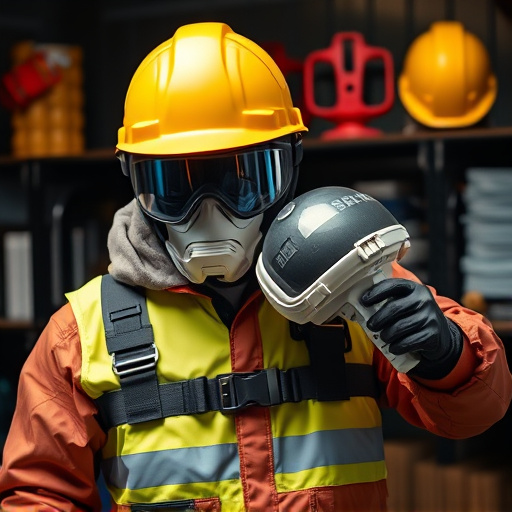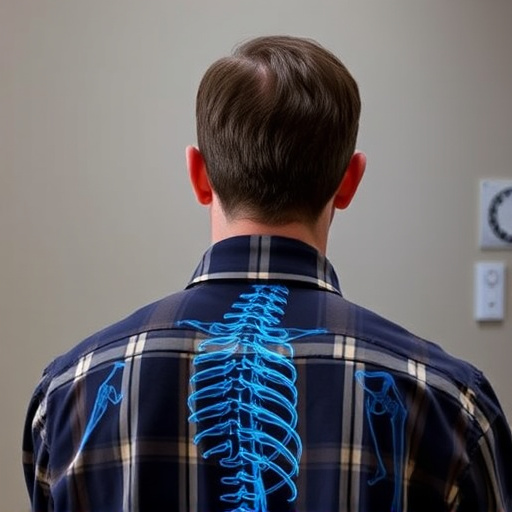Stricter emissions regulations, focusing on legal cold air intake (CAI) systems, significantly impact the automotive industry. To maintain environmental standards and avoid penalties, manufacturers and enthusiasts must stay informed about varying regional mandates. Emissions certification is crucial for CAI systems, ensuring modifications comply with local laws and prevent increased emissions or compromised air quality. Rigorous testing by specialized equipment is required to obtain official certification, guaranteeing both efficiency and environmental friendliness.
Emissions certification is a vital aspect of vehicle modification, particularly with the growing popularity of legal cold air intake (CAI) systems. This article delves into the intricate details of understanding and navigating the legal requirements surrounding CAI installations. We explore how emissions certification plays a crucial role in ensuring modified vehicles comply with environmental standards. By providing an in-depth guide to obtaining certification, this resource empowers car enthusiasts and professionals alike to confidently navigate the process.
- Understanding Legal Requirements for Cold Air Intake Systems
- The Role of Emissions Certification in Vehicle Modification
- Navigating the Process: Obtaining Emissions Certification for CAI Systems
Understanding Legal Requirements for Cold Air Intake Systems

Emissions regulations play a pivotal role in shaping the automotive industry, and one key area of focus is the installation of cold air intake (CAI) systems. These components are designed to enhance engine performance by providing a direct route for cold, dense air to enter the engine, but they must adhere to strict legal requirements to maintain environmental standards. Manufacturers and enthusiasts alike need to understand these regulations to ensure compliance and avoid potential penalties.
Legal mandates for CAI systems vary across regions, but they typically aim to prevent any adverse effects on vehicle emissions. This includes limiting modifications that could increase the amount of pollutants released into the atmosphere. For instance, certain laws might prohibit the use of unlined or improperly designed intakes, as these can facilitate the escape of unburned fuel and other harmful substances. Staying informed about local regulations is crucial for anyone considering installing a CAI system to ensure their vehicle remains within legal emissions parameters.
The Role of Emissions Certification in Vehicle Modification

Emissions certification plays a pivotal role in regulating vehicle modifications, especially when it comes to performance-enhancing parts like legal cold air intake (CAI) systems. These systems, designed to improve engine efficiency and power, must adhere to strict environmental standards to ensure they don’t compromise air quality or contribute to increased emissions. Certification processes verify that modified vehicles meet these stringent criteria, promoting a balance between personal customization and environmental preservation.
For enthusiasts who install legal CAI systems, emissions certification is more than just a regulatory hurdle; it’s a guarantee of compliance and safety. It ensures that their vehicle modifications not only enhance performance but also do so without detrimental effects on the environment. This process involves rigorous testing to determine how the modified engine performs in various conditions, ultimately contributing to a safer and more sustainable automotive landscape.
Navigating the Process: Obtaining Emissions Certification for CAI Systems

Navigating the process of obtaining emissions certification for Legal Cold Air Intake (CAI) Systems is crucial to ensure compliance and maintain environmental standards. This involves understanding complex regulations and adhering to strict guidelines set by relevant authorities. Manufacturers and installers must familiarize themselves with local emission control laws, specifically tailored for CAI systems, to avoid any legal complications.
The certification process typically includes rigorous testing to verify that the CAI system meets predetermined emission levels. This entails specialized equipment and expertise to accurately measure and document the system’s performance. By successfully completing these tests, manufacturers can obtain official certification, ensuring their products are both efficient and environmentally friendly, while also providing peace of mind for consumers who prioritize legal and safe modifications to their vehicles.
In conclusion, understanding and adhering to the legal requirements for cold air intake (CAI) systems is paramount when modifying vehicles. Emissions certification plays a crucial role in ensuring these modifications meet environmental standards without compromising performance. By navigating the certification process effectively, vehicle owners can enjoy the benefits of enhanced engine performance while maintaining compliance with regulations governing legal cold air intake systems emissions.














